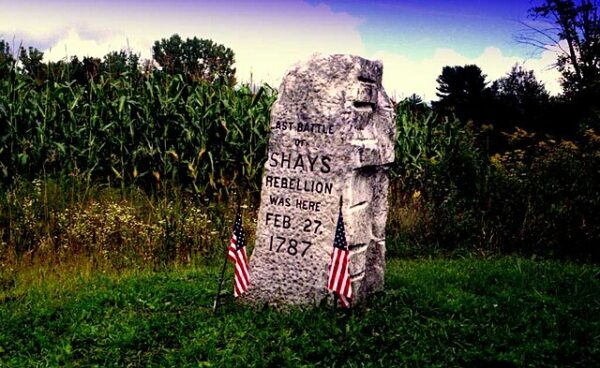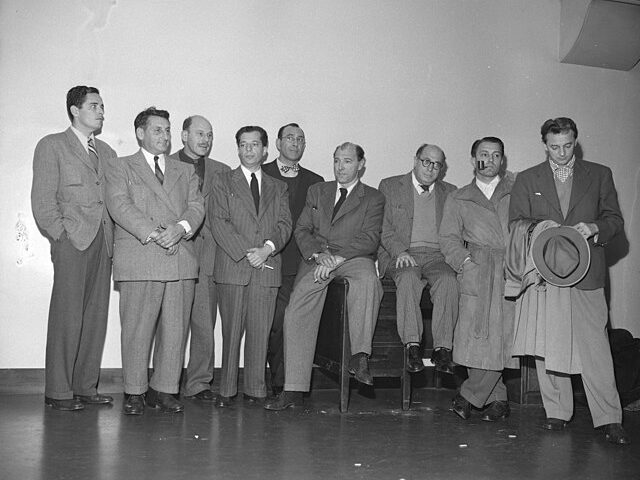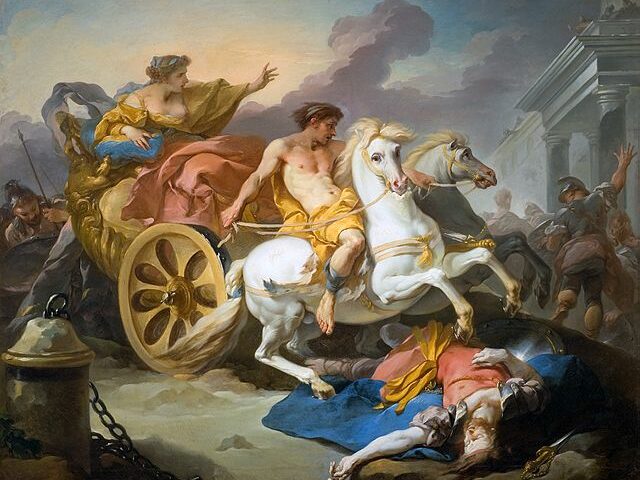In January 1787, the future of the United States of America and its newly-formed nation appeared to be unraveling at the seams when hundreds of Revolutionary War veterans launched an insurrection. The rebellion took place in western Massachusetts during 1786 and 1787, led by Daniel Shays, a former captain in the Continental Army. The root cause of the rebellion can be traced back to the economic hardships faced by many farmers who struggled with high taxes, debt, and foreclosure of their lands. These challenges were exacerbated by the monetary policies of the post-war period and the lack of a centralized government capable of addressing the financial woes of the citizens.
The rebellion began as a series of protests against the Massachusetts state government’s oppressive taxation policies and the unequal distribution of wealth. Farmers, mostly war veterans, were frustrated with the lack of representation and the perceived injustice in the tax system. Shays and his followers, known as “Regulators,” engaged in acts of civil disobedience, disrupting court proceedings and attempting to prevent the foreclosure of farms.
The rebellion reached its peak when Shays and his followers attempted to seize the Springfield Armory, a federal arsenal. On that fateful day, the rebels aimed to seize weapons from the armory, escalating the conflict to a dangerous level. The federal government responded swiftly, alarmed by the rebellion’s threat to stability. The Massachusetts militia, commanded by General Benjamin Lincoln, confronted the rebels at the Springfield Armory.
Lincoln’s forces anticipated that the Regulators would storm the federal armory at Springfield, Massachusetts, and were waiting when Shays approached the armory with approximately 1,500 men on January 25, 1787, explains Mount Vernon. The army fired warning shots followed by artillery fire, killing four of the insurgents and wounding twenty. The rebel force quickly faltered and scattered into the countryside. Many participants were later captured and most men, including Shays, eventually received amnesty as part of a general pardon.
In February 1787, once Shays’ Rebellion had been quelled, Knox reported to Washington on Lincoln’s successful operations. Washington replied to Knox that “On the prospect of the happy termination of this insurrection I sincerely congratulate you; hoping that good may result from the cloud of evils which threatened, not only the hemisphere of Massachusetts but by spreading its baneful influence, the tranquility of the Union.”
Shay’s Rebellion, although suppressed, left an indelible mark on American history, influencing the evolution of the nation’s governance structure. The federal government, under the weak Articles of Confederation, struggled to respond effectively to the rebellion. This event underscored the flaws in the existing system of government and highlighted the need for a stronger central authority. It played a pivotal role in the push for the Constitutional Convention of 1787, where leaders gathered to draft a new constitution that would address the shortcomings of the Articles of Confederation.






